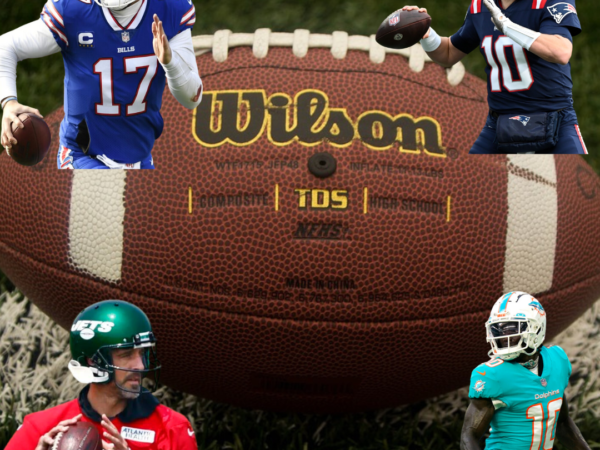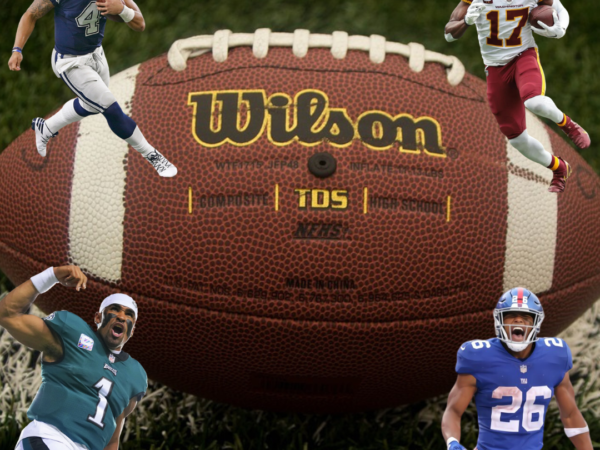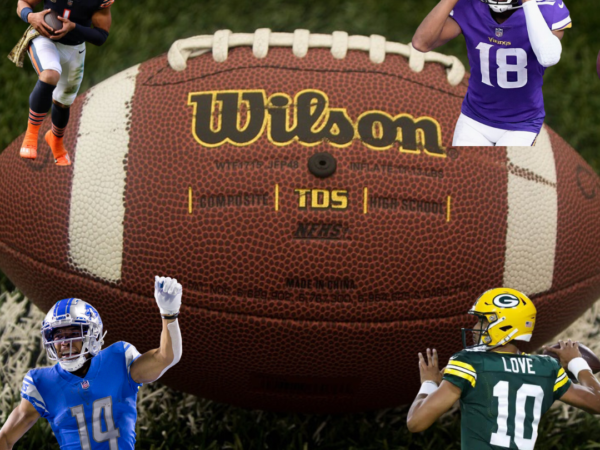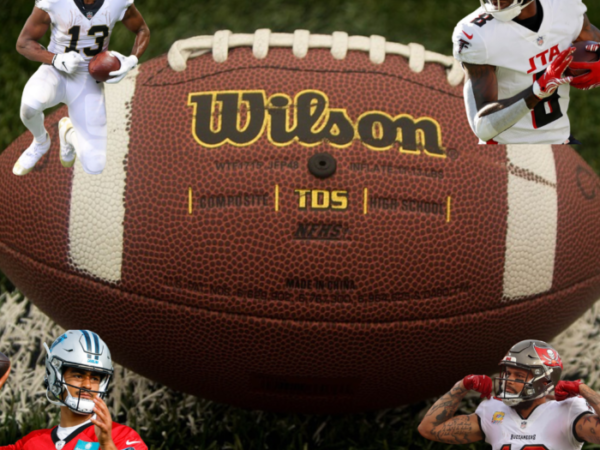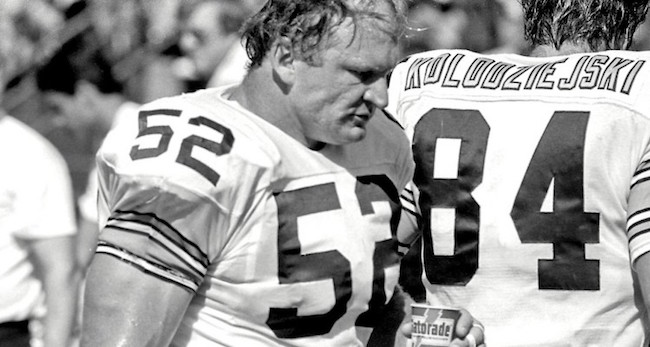
Photo Credit: Al Golub/AP Photo
In any athlete’s life, the fear of sustaining an injury exists. A football player’s worst nightmare might be tearing his anterior cruciate ligament (ACL), while a pitcher would dread the possibility of Tommy John surgery to fix a damaged ulnar collateral ligament (UCL). While these injuries are all devastating, what happens when repeated damage to one of the most important organs in your body degenerates over time? That’s right, we’re talking about brain injuries.
On a scale determining how severe brain injuries can be, at the bottom of the totem pole is a concussion. In the simplest of terms, a concussion is an injury to the brain that results in temporary loss of brain function and is also known as a mild traumatic brain injury. Caused by a bump, blow or jolt to the head, concussions are often sustained in car accidents, falls, and most commonly in contact sports. Graded on a scale of 1 to 3, with one being the least severe type of concussion, a Grade 3 concussion is categorized by any loss of consciousness by the athlete. While all types of concussions are serious to anyone’s health, the treatment entails rest and over-the-counter medicine to control the headaches that follow.
Many people who suffer from a concussion might find themselves victim of Post-Concussion Syndrome. An often overlooked syndrome because of it’s striking similarities to regular concussions, PCS can last for several days, weeks, even months after a concussion is sustained. Post-Concussion Syndrome can cause long-lasting headaches, light and noise sensitivity, and even mood swings due to severity of the injury. When a concussion is sports related, it is often advised that the athlete refrain from participating and even retiring from the sport all together.
While suffering any kind of concussion is dangerous, imagine taking a second blow to the head before the first one heals. Preston Plevretes, an ex-La Salle University football player, knows the effects of this all too well. A patient of Second Impact Syndrome, Plevretes struggles to do daily activities on his own and finds it hard to speak and even walk. After being diagnosed with a concussion at a routine practice on October 4th, 2005, he was medically cleared to play while still experiencing lingering symptoms. Three games later, Plevretes suffered another concussion, causing Second Impact Syndrome to take over his brain. He had emergency brain surgery to remove an inch thick clot of blood and also had part of his skull removed, and later put back, to let the swelling in his brain diminish.
Second Impact Syndrome is an extremely rare disease that has only twenty-one documented cases in the United States. When sustaining a second concussion while still healing from a previous concussion, cerebral edema, swelling of the brain, can occur and cause brain herniation, which is displacement of part of the brain through an opening or across a separating structure in a region that it does not normally occupy. Unfortunately, SIS has a mortality rate of fifty percent, and if the athlete does survive, there is one-hundred percent chance of morbidity.
And finally, at the top of the totem pole, Chronic Traumatic Encephalopathy (CTE). A progressive degenerative disease which afflicts a person’s brain who has suffered repeated concussions and traumatic brain injuries, CTE is a condition of brain damage which persists over a period of years or decades as a result of traumatic impacts to the cranium. What used to be known as “punch drunk,” CTE commonly affects boxers, football and hockey players. Symptoms of the disease include loss of memory, behavioral disturbances, and has been compared to gradual onset dementia.
One case in particular stands out when thinking about chronic traumatic encephalopathy: Mike Webster. Webster was a proud member of the Steel Curtain and was loved by the Steeler faithful. A seventeen-year veteran of the NFL, Webster suffered amnesia and depression before his untimely death at the age of 50 in 2002, reportedly from a heart attack. Dr. Bennet Omalu, a neuropathologist, noticed that Webster looked much older than 50, sparking his interest in a deeper understanding of his death. Omalu’s shocking discovery on Webster’s brain led to the first documented case of CTE in a former National League Football player. Omalu’s findings in the brain seemed to resemble other brain tissue samples taken from other NFL players, as well as some former boxers who were thought to have suffered from Alzheimer’s disease and/or dementia.
A brain-injury study conducted at Boston University School of Medicine determined that 33 out of 34 players tested post-mortem showed clear signs of the degenerative disease. Since Webster’s diagnosis in 2002, more and more players for the National Football League, as well as other professional athletes, have decided to donate their brains to science to determine the effects that repeated concussions have on all types of athletes. Of these athletes, NASCAR legend Dale Earnhardt, Jr., and women’s soccer icon Brandi Chastain, have both decided that this is a serious matter and have pledged their brains to science.
Notable cases of the traumatic disease include Junior Seau, a former linebacker in the NFL who committed suicide in 2012. After finding no note, only lyrics to his favorite song behind, his family speculated that he suffered from CTE. In 2013, it was found that Seau ultimately suffered from the disease, which might have played a part in his suicide. Jovan Belcher, Jr, a former Kansas City Chief linebacker, murdered his girlfriend in 2012 before turning the gun on himself at the Chiefs practice facility. His brain also showed signs of CTE, which could be linked in the same way to Seau’s suicide earlier that year. While football players seem to be the most commonly affected, Steve Matador was a professional ice hockey player in the National Hockey League that also suffered from the disease. After suffering a concussion in 2012, Matador was never the same and became increasingly depressed over time. He was found dead in his home in 2015 at age thirty-five from a drug overdose. His autopsy revealed, like Webster, Seau, and Belcher’s before him, that he suffered from chronic traumatic encephalopathy.
In all sports, it is important to remember that with concussions, no player should return to any type of practice until medically cleared by a professional. Allowing the athlete’s brain time to heal is the perfect way to lessen the likelihood of sustaining another concussion before the first one heals. While concussions can happen at any time, the recovering process takes time and needs to be taken seriously in order to return to play and to their normal daily routines.




